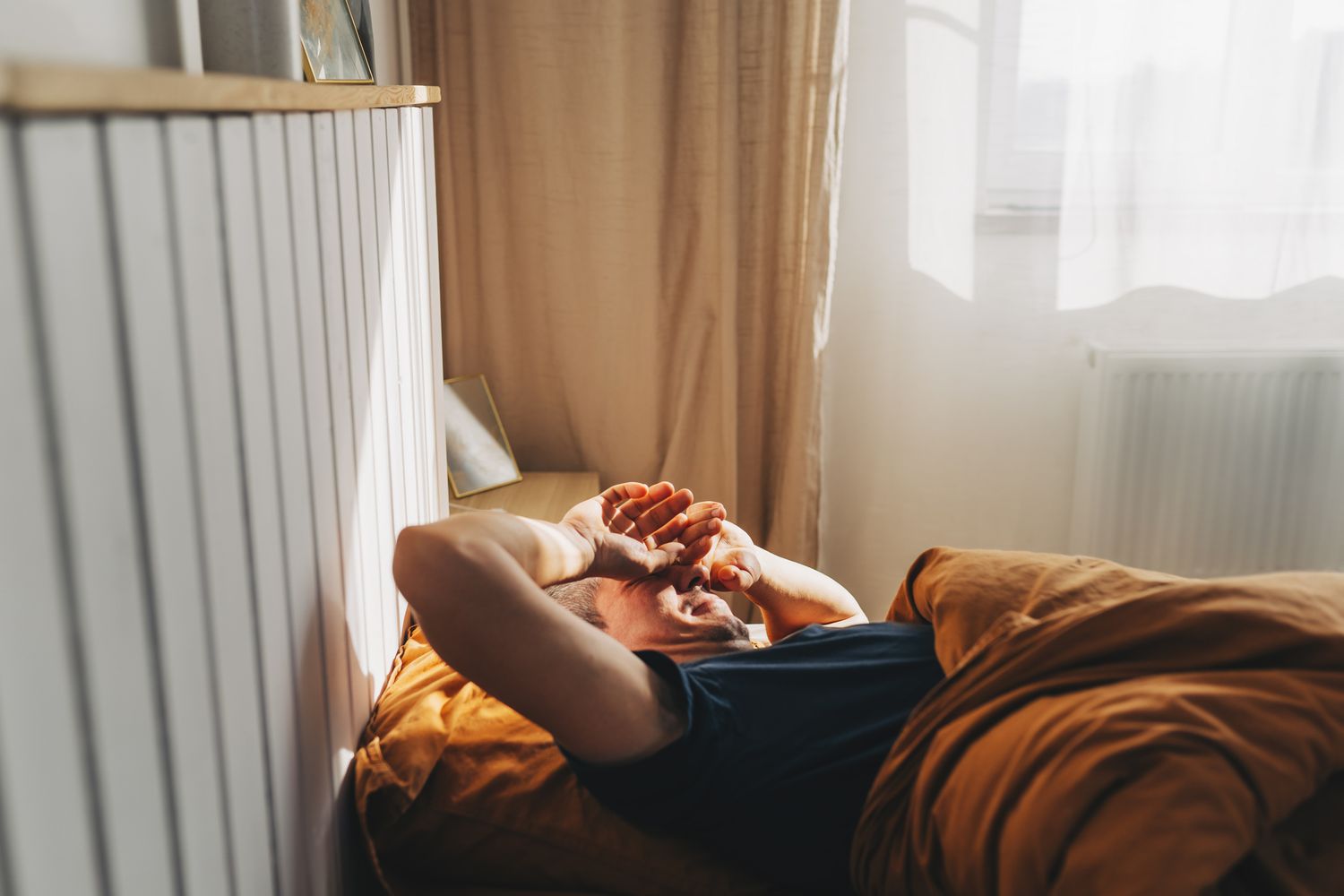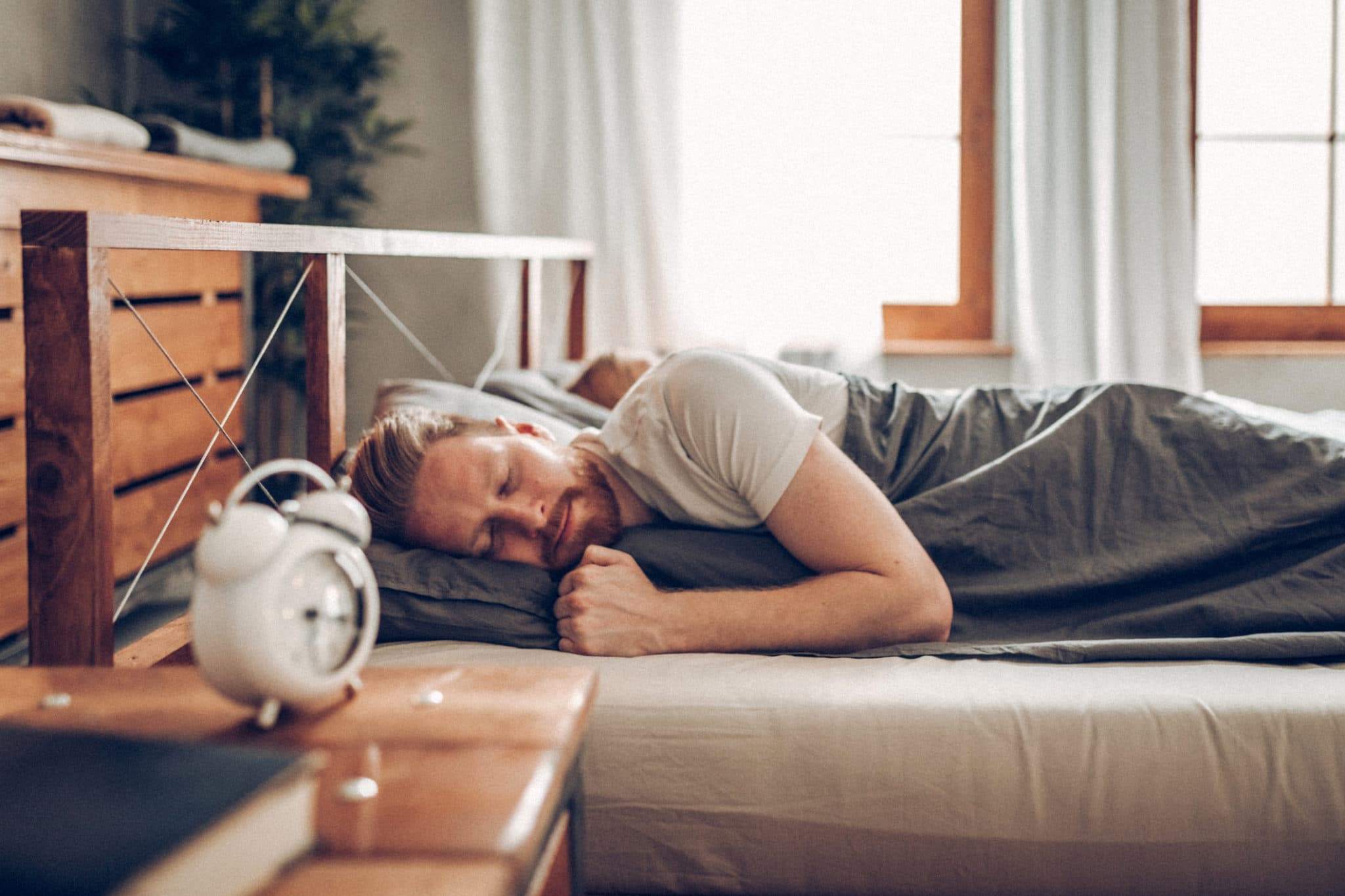Quality sleep isn’t a luxury—it’s a fundamental pillar of health that affects every aspect of your daily life. Yet millions of people struggle with poor sleep quality, tossing and turning night after night, wondering why rest feels so elusive. The answer often lies in sleep hygiene, a comprehensive approach to creating optimal conditions for restorative sleep through strategic habits and environmental modifications.
Sleep hygiene encompasses far more than simply going to bed at a reasonable hour. It’s a holistic system of behavioral and environmental practices that work together to promote consistent, deep sleep. Developed in the late 1970s as a method to help people with mild to moderate insomnia, sleep hygiene has evolved into a cornerstone of sleep medicine, offering evidence-based strategies that can transform your relationship with rest.
The impact of poor sleep extends far beyond feeling groggy the next morning. Inadequate sleep raises your risk for serious health conditions, including hypertension, heart attack, heart disease, stroke, anxiety, depression, and obesity. During sleep, your body performs critical functions: repairing muscles and tissues, supporting immune system function, and regulating hormones that control metabolism and appetite. When these processes are disrupted by poor sleep hygiene, the consequences ripple through every aspect of your health and well-being.
Understanding Sleep Hygiene Fundamentals

Sleep hygiene refers to healthy sleep habits that help you achieve quality rest consistently. The concept recognizes that your behaviors throughout the entire day—not just at bedtime—significantly influence your sleep quality. This includes your food and drink choices, daily schedule, evening routine, and sleep environment.
Quality sleep means achieving uninterrupted and refreshing rest that leaves you feeling restored. It’s not solely about the number of hours you sleep, but how well you sleep during those hours. Signs of poor sleep quality include difficulty falling asleep, repeatedly waking during the night, and feeling sleepy or tired even after getting what should be adequate sleep.
The basic concept of sleep hygiene applies to virtually everyone, though what ideal sleep hygiene looks like can vary based on individual needs. This personalized approach means you may need to experiment with different adjustments to discover what works best for your unique situation.
Essential Sleep Schedule Strategies
Consistency is King
The foundation of excellent sleep hygiene rests on maintaining a consistent sleep schedule. Going to bed and waking up at the same time every day—including weekends—helps regulate your body’s internal clock and makes it easier to fall asleep and wake up naturally. This consistency promotes sleep propensity and consolidation, training your body to expect sleep at specific times.
Your bedtime should allow for 7-9 hours of sleep nightly, with adults requiring seven-plus hours for optimal health. Research shows that older adults who sleep six to nine hours per night demonstrate sharper cognition and better health compared to those who sleep fewer hours.
Strategic Napping Guidelines
While consistency in your main sleep period is crucial, strategic napping can be beneficial when done correctly. However, daytime naps may aggravate sleeplessness in people with insomnia by decreasing the depth of the major sleep episode and increasing sleep onset latency. If you must nap, limit it to 30 minutes or less and avoid napping late in the afternoon. Take naps at the same time each day to maintain consistency.
Creating the Perfect Sleep Environment

Optimizing Your Sleep Sanctuary
Your bedroom environment plays a crucial role in sleep quality. The ideal sleep environment should be dark, quiet, and reasonably cool, used exclusively for sleep and intimate activities. Keep your bedroom temperature around 65-68°F (15-19°C), as most people sleep better in slightly cool conditions.
Light and Noise Management
Minimize light exposure by using blackout curtains, heavy drapes, or an eye mask to prevent external light from disrupting your sleep. Light exposure too close to bedtime can interfere with your natural sleep-wake cycle. For noise control, consider earplugs, white noise machines, or fans to mask disturbing sounds.
Comfort and Bedding Considerations
Invest in a comfortable mattress and pillows that support your preferred sleeping position. For those with back problems, helpful positions include lying supine with a large pillow under the knees or sleeping on one side with a pillow between the knees. Your sheets and blankets should match your comfort preferences and temperature needs.
Dietary and Substance Guidelines
Timing Your Food and Drink Intake
What and when you consume food and beverages significantly impacts your sleep quality. Consume evening meals at least three hours before bedtime to allow proper digestion. Avoid large meals close to bedtime, as food intake timing in the evening negatively correlates with several sleep-related parameters.
Managing Stimulants and Depressants
Caffeine remains in your system for approximately 5 hours and can make falling asleep difficult. Eliminate caffeine consumption at least 6 hours before bedtime, avoiding caffeinated beverages, foods like chocolate, and other stimulating substances. While alcohol might initially make you feel sleepy, it disrupts sleep patterns at deeper levels, leading to poor sleep quality and frequent awakenings. Avoid alcohol in the evenings, as it can worsen snoring and reduce REM sleep.
Pre-Sleep Routine Development

Creating Your Wind-Down Ritual
Establish a relaxing bedtime routine beginning 30-60 minutes before sleep. This routine signals to your brain that it’s time to wind down and prepares your body for rest. Consistent pre-sleep activities help your body recognize bedtime, potentially helping you fall asleep more quickly.
Beneficial Pre-Sleep Activities
Effective relaxation activities include taking a warm bath or shower, which not only relaxes you at the moment but also promotes sleepiness as your body temperature drops afterward. Gentle stretching, yoga, meditation, or progressive muscle relaxation can help release physical tension and calm your mind. Reading a physical book in soft light, listening to soothing music, or practicing breathing exercises are also excellent choices.
Activities to Avoid Before Bed
Avoid stressful or overly stimulating activities like emotional conversations, work-related tasks, or intense mental exercises close to bedtime. Electronic devices that emit blue light should be avoided for at least 30 minutes to several hours before sleep, as blue light suppresses melatonin production, the hormone responsible for sleep.
Exercise and Light Exposure Timing
Strategic Exercise Scheduling
Regular physical activity promotes deeper sleep and helps regulate your internal body clock. Aerobic exercises like walking, jogging, or cycling are particularly beneficial for those seeking to improve sleep naturally. However, timing matters significantly—avoid vigorous exercise within 2 hours of bedtime, as it can stimulate the nervous system and delay sleep onset.
Optimizing Light Exposure
Expose yourself to bright natural light during the day, particularly in the morning, to help regulate your circadian rhythm. Aim for at least 15-30 minutes of early morning sunlight exposure to increase alertness during the day and facilitate better sleep at night. If you work indoors, take breaks to get outside or sit near a window for natural light exposure.
Advanced Sleep Hygiene Techniques
Stress Management and Relaxation
Stress and worry significantly interfere with sleep quality. Incorporate relaxation techniques such as visual imagery, progressive muscle relaxation, and breathing exercises into your routine. These scientifically proven methods can reduce psychophysiological arousal and decrease sleep onset latency.
Aromatherapy and Environmental Enhancements
Consider using calming scents like lavender to create a more relaxing sleep environment. Aromatherapy has been used for centuries to promote relaxation and has been shown to reduce anxiety and increase sleep quality. Essential oil diffusers can provide consistent, gentle scenting without requiring active management.
Sleep Diary Tracking
Maintain a sleep diary for at least two weeks to identify patterns and potential obstacles to good sleep. Track your bedtime, wake time, medications, caffeine and alcohol consumption, meal timing, exercise schedule, and electronic device usage. Note your sleep quality and any nighttime awakenings to identify factors that may be interfering with your rest.

